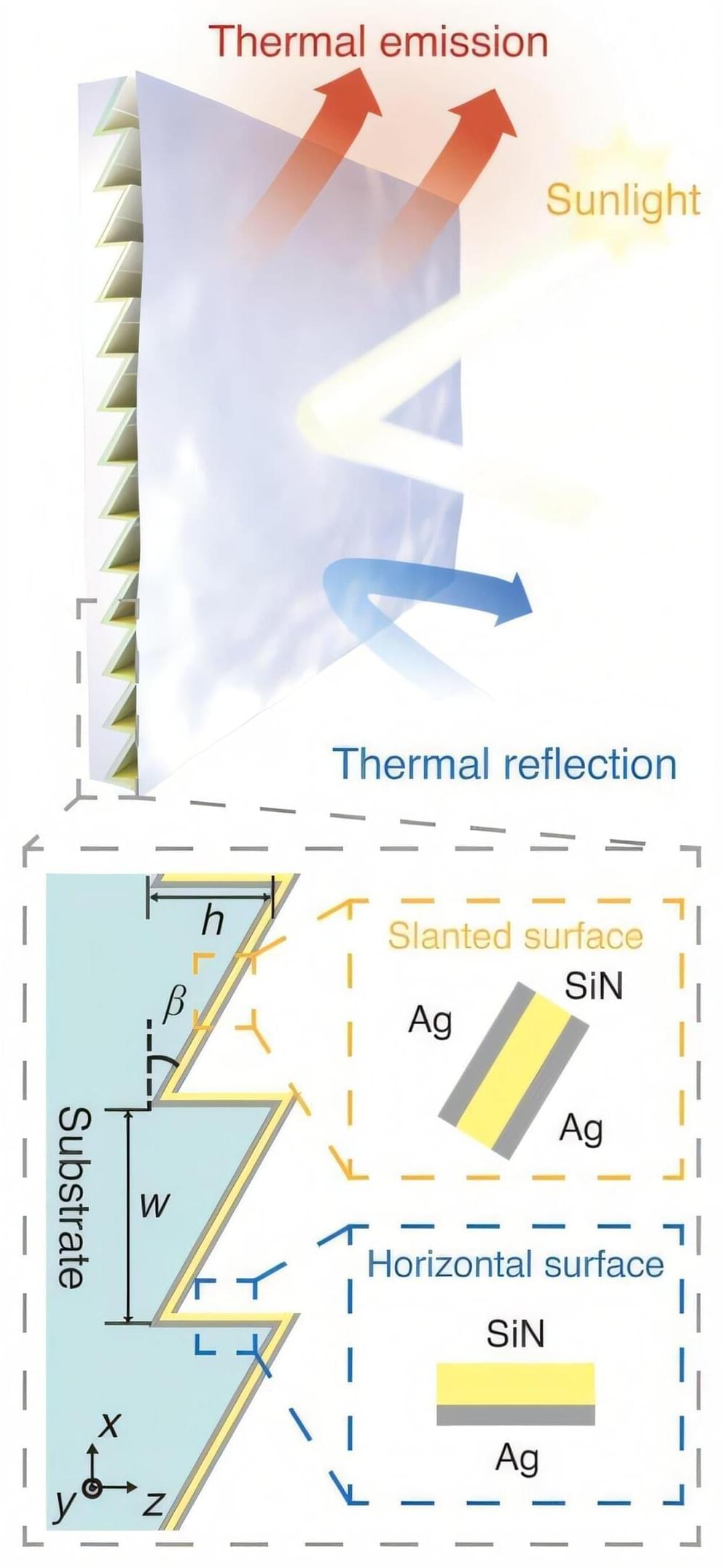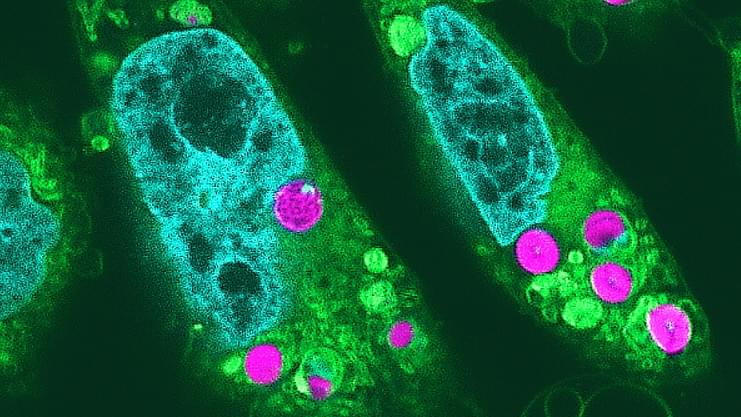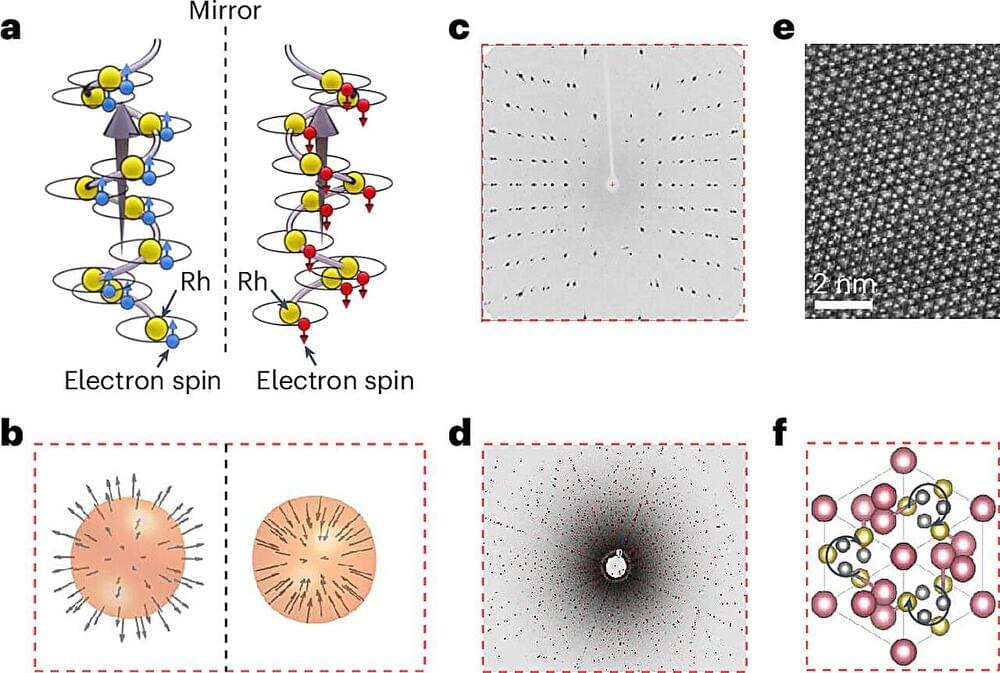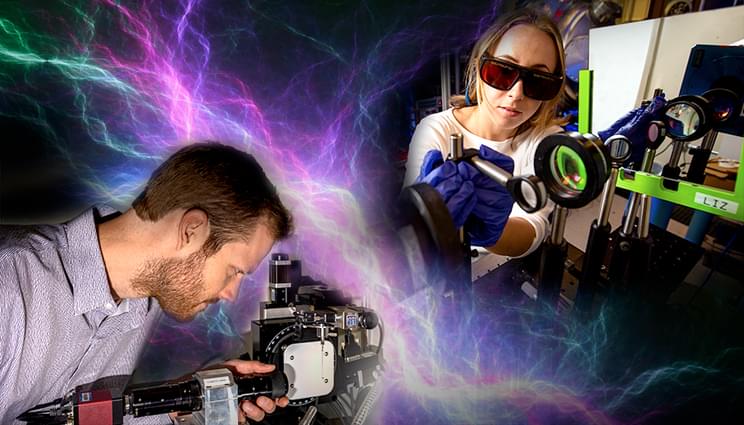Data is power. According to Dinesh Bharadia, an associate professor at UC San Diego in the Department of Electrical and Computer Engineering with an affiliate appointment in the Department of Computer Science and Engineering and the Qualcomm Institute (QI), “data will be the next decade’s ‘silicon.’”
The rapid growth of the Internet of Things means that data is more readily available and easily accessible than ever. Sensors, “smart” devices and software connect our world to the cloud, gathering information and enabling new types of data sharing and analysis. However, most of these tools are battery-powered and have difficulty sensing changes in real time.
Now, the tide is turning.









